There is a lot of attention to uniforms these days. Mostly the discussion revolves around the type of camouflage. A lot of new patterns have come out in the past few years and months. Manufacturers try to outwit their opponents by bringing the latest in camouflage to their customers as soon as possible. Those customers are mostly gun enthusiasts, airsofters, role-players and outdoors types. As long as it looks goods and is relatively comfortable it’s okay by them.
The men and women in the military will normally have to wait a little longer to get the latest in tactical fashion. For them a piece of uniform equipment can really mean the difference between life and death.
For soldiers in combat there are a number of factors that are important when it comes to their uniform and equipment. Camouflage is one of them, although not a single pattern can give optimum concealment in any combat zone. A uniform should also be comfortable. With the amount of equipment a soldier carries nowadays he or she must still be able to perform like a top-class athlete.
It should protect the soldier from the elements in the different environments he or she operates in. Normally, because of ever changing circumstances even within the day, that is achieved by a whole range of uniform items that can be layered. But most important, it should give the combat soldier protection from burn wounds caused by fire and explosions.
The fast majority of casualties in the last years have been from explosive devices like IED’s, grenades or mines. In Afghanistan in 2010 more than 3600 soldiers suffered blast related injuries against just over 800 from gunshot wounds[i]. In 2011 IED’s caused more than 90% of U.S. casualties, according to a USA Today article[ii]. Apart from the blast/shockwave most victims have severe burns from the flash of the explosion. The very high temperatures achieved in an explosion will cause clothes and equipment to catch on fire instantly. The type of materials used can mean the difference between severe and minor- injuries. Synthetic materials will melt instantly and literally fuse with the skin, making it impossible to remove for treatment. Other materials will just keep on burning after the initial explosion and cause burn wounds. It is not just the layers of clothing closest to the body that can cause these burns, also belts, vests and other equipment carried on the body that can cause harm to the soldier. The heat is than transmitted through the other layers to the skin.
One way to battle these horrific injuries is making the materials flame or fire retardant (FR). These materials will not burn and when the do catch fire, put the flames out directly. Surprisingly very few soldiers get issued with effective FR treated uniforms and equipment. Norwegian company NFM did studies and tests in that direction and then decided to design and manufacture a whole new range of uniform items and equipment. They call it GARM®.
GARM®
The name NFM gave to their clothing and equipment line is very apt. Garm is the monstrous hound that guards the realm of the dead in Norse mythology. According to NFM its new combat clothing system GARM® symbolizes the ultimate in strength and protection. NFM put a lot of research into GARM®, not only to find the shortcomings of the old uniforms and equipment but also into the design and fabrics of the new line. They did this on request of the Norwegian ministry of defence.
Their problem was the many different manufacturers with all different fabrics and sizes. As everyone knows who bought clothes from different brands, a Large is not always a Large and green comes if many different shades. It all makes for a high cost of the logistics. The request was for a complete system of clothing, both FR and non-FR. NFM came up with FSP, Full Spectrum Protection which sees the soldier itself as the system.
The Garm® line of clothing has everything from undergarments to outer garments to suit all operational conditions and climates. The main fabric chosen for Garm® is TenCate’s Defender M, used in the U.S. Army’s and USMC’s combat uniforms. The FR qualities in the DefenderM are in the fabric itself and not added by chemicals or otherwise. That means it will keep its protective qualities over its total lifespan. DefenderM is used by NFM in the utility and combat uniform.
But using the right fabric is not all NFM has put into GARM®. In the design of the clothing the designers took ‘muscle memory’ into account. Muscle memory is being able to repeat a movement or procedure automatically, like changing a magazine in a rifle. Soldiers train for these often to be able to do the movements without thinking about them knowingly. So if you put the pockets on all the layers of clothing in the same spot, with the same size and with the same way of opening, taking something out of them in a combat situation can be trained as well and performed by muscle memory when in that situation. All the soldier has to do is put his stuff into the outer most layer and change them over when putting on or taking of layers. It might look strange but imagine troops training in wet and cold Europe for their deployment in hot and dry Afghanistan. There is a good chance that they will wear a parka in training and a combat shirt in theatre. So where do you store your tourniquet or compass or other essential items. Your parka might have buttons on all the pockets but the combat shirt has hook and loop. Under fire in the combat zone you are trying to find the button on the pocket with your hand. You keep your eyes on potential targets so you don’t want to look down to what you are doing. But you are wearing a shirt now which has hook and loop. It takes you valuable seconds to get your head around the problem, taking your mind of the threats around you. It is not something you want. With Garm® it is not something that will happen. The different clothing lines all have an identical lay-out. You don’t need to look down because you have done this hundreds of times in training.
Garm® uses different pieces of clothing to suit different styles of operations. The so-called High Speed operations (HSO) is basically combat operations. The conditions for the clothing uses in HSO are more stringent then for Long Term Operations (LTO) od barrack and guard duty.
In HSO clothing should be functional, comfortable and breathable and keep you dry by taking moisture (perspiration) away from your body and have antibacterial protection. It should also have high FR values and increased protection for sensitive body areas. A close body fit allows for free movement and comfort.
For LTO Garm® uses more insulated underwear, long-term FR values and durable performance. The use of a combination of layers provides better mobility together with advanced insulation capacity en moisture management. It should also be suitable for tough and varied climates.
NFM did extensive field testing ain different climates in cooperation with the Norwegian Defence forces. Besides more clinical tests NFM talked to the soldiers wearing Garm® in the field during these tests to verify the results.
Lab testing included tests for wear and tear but also testing the FR properties by performing burn tests. These were done in cooperation with the Norwegian Defence Research Establishment FFI (Forsvarets forskningsinstitutt).
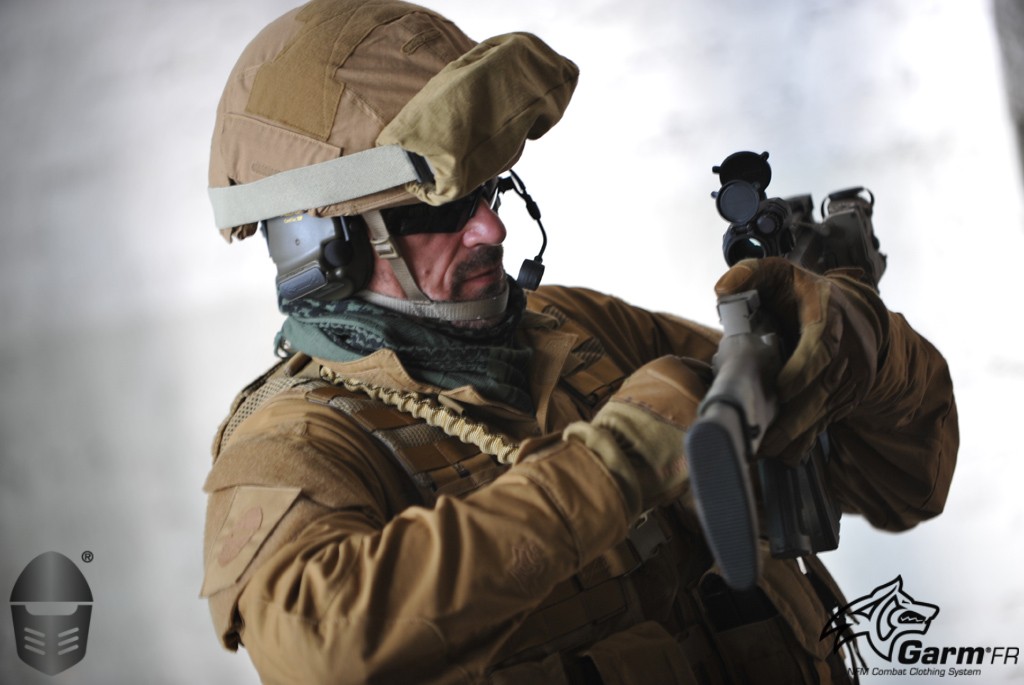
Getting back to the importance of fire or flame retardant properties. By using the right fabric the soldier will be protected much better. But there is more. The designers and engineers at NFM also looked into all the other materials that make up a uniform.
The hook and loop used in Garm® is not like you are used to. Normal hook and loop, more commonly known under its best known brand name Velcro®, is quite noisy when wrinkled. Hook and loop is basically plastic, so very dangerous when set aflame. It will melt and drip and cause severe injuries. NFM uses a different kind of hook and loop, especially designed for the company, that is softer and more pliable without making much noise when wrinkled and it has FR properties.
If you want to fully protect troops you must make sure that every item is FR. If you miss even a single item the injuries can be horrific. Zippers, buttons, clasps, you name it and it has to be FR or used in such a way it cannot cause injury in case of fire or explosion.
Fabrics
The Defender M fabric from TenCate is special because it has FR properties without chemical treatment. One of the main fibres used in Defender M is the Lenzing FR® viscose fibre. It is a strange fiber as it is derived from wood. It has unique thermal insulation properties but it combines it with inherent flame resistance. Besides that it also absorbes moisture making it breathable and comfortable. The use of para-aramid and polyamide fibres in the blend makes for a tough and durable that does not fade easily when printed in a great variety of colours and camouflage schemes.
For the undergarments GARM® uses another natural material that has inherent FR properties, Merino wool. By combining this wool from Merino sheep with ProtexM in different quantities, you can make specific fabrics for different layers in the clothing system with the exact levels of comfort you need. All share basic properties like regulating body temperature, isolation even when wet and non-itching. All fabrics are also non-melting making them perfect for FR. The fabrics are called JanusPro and are made in the Janusfabrikken AS. ProtexM is also one of those special fibres and is produced by Kaneka from Japan. It is a so-called modacrylic fibre that is a poor heat conductor and does not combust. They are very hard to ignite and will self-extinguish giving the fibre great FR performance, which is strengthened by mixing it with the Merino wool. The FR properties will not decline with age and wear.
FSP
Garm® is one of four pillars of ‘Full Spectrum Protection’ (FSP). The NFM group is the developer and/or manufacturer of all FSP items. The other pillars are load bearing systems, ballistic protection and headgear. For the last one NFM is partnering with Ops-Core from the United States.
FSP is a project started several years ago by NFM together with the Norwegian Defence and Logistics Organisation NDLO. The intention is to develop the grounds for specifications of next generation combat garments in Norway.
With this both the Norwegian military and the industry take a big step into seeing clothing as a complete system instead of separate items. All items of clothing now have to work together and future project have a set base to which it has to adhere.
The most important is that the soldier becomes the focus, not the individual pieces of clothing and equipment. A giant leap forward.
[i]New York Times Asian Pacific online January 7, 2011 C.J. Chivers
https://www.nytimes.com/2011/01/08/world/asia/08wounded.html?pagewanted=all
[ii] USA Today online January 25, 2011 by Tom Vanden Brook
https://www.usatoday.com/news/world/story/2012-01-25/IEDs-afghanistan/52795302/1



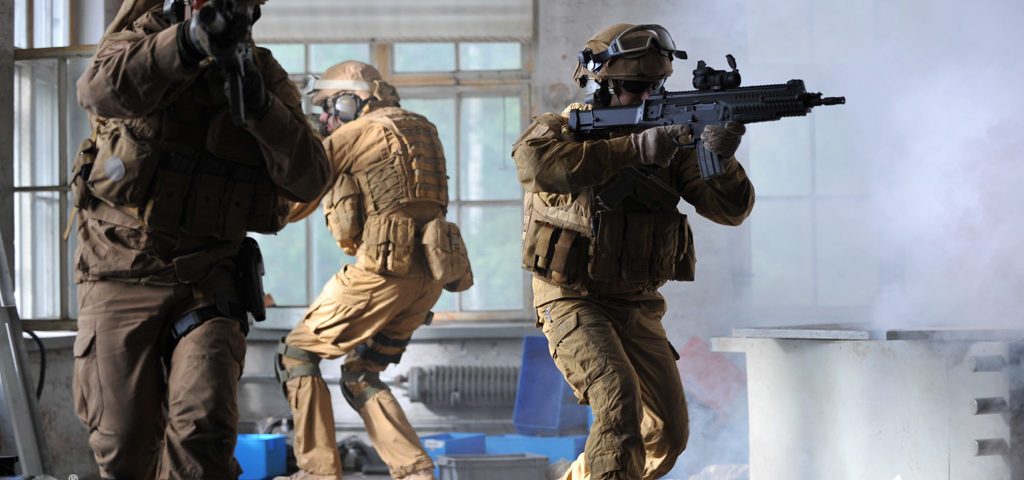
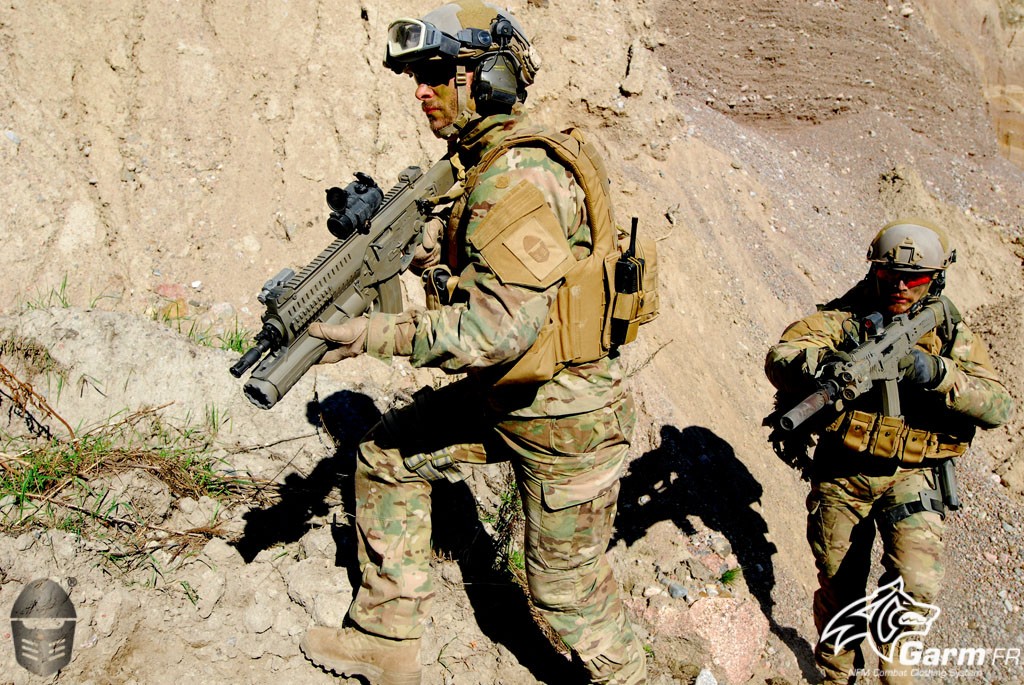
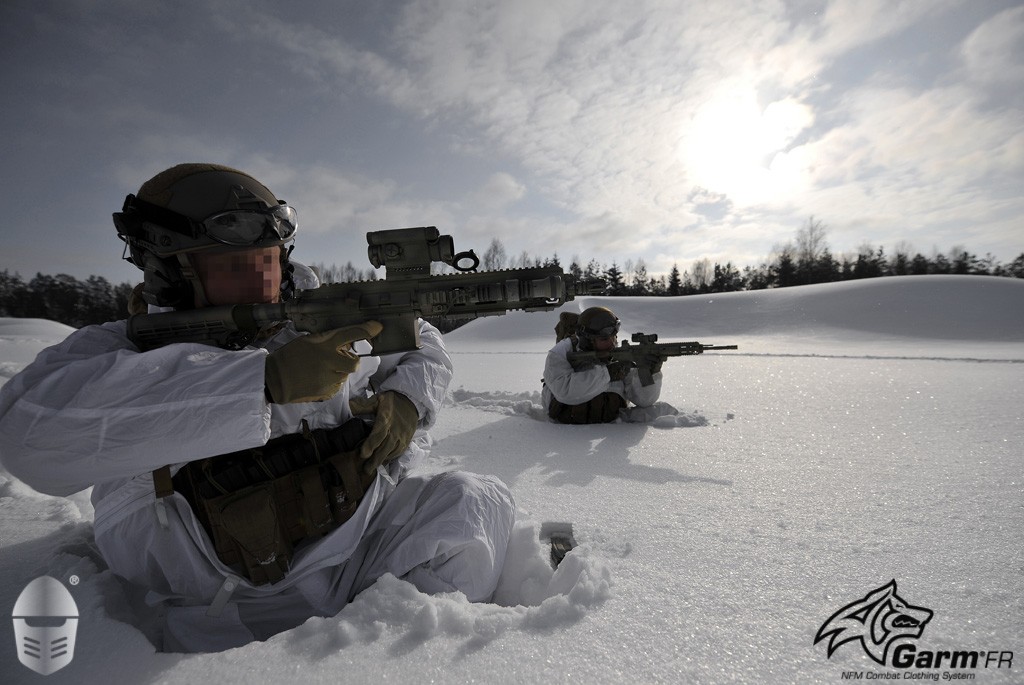
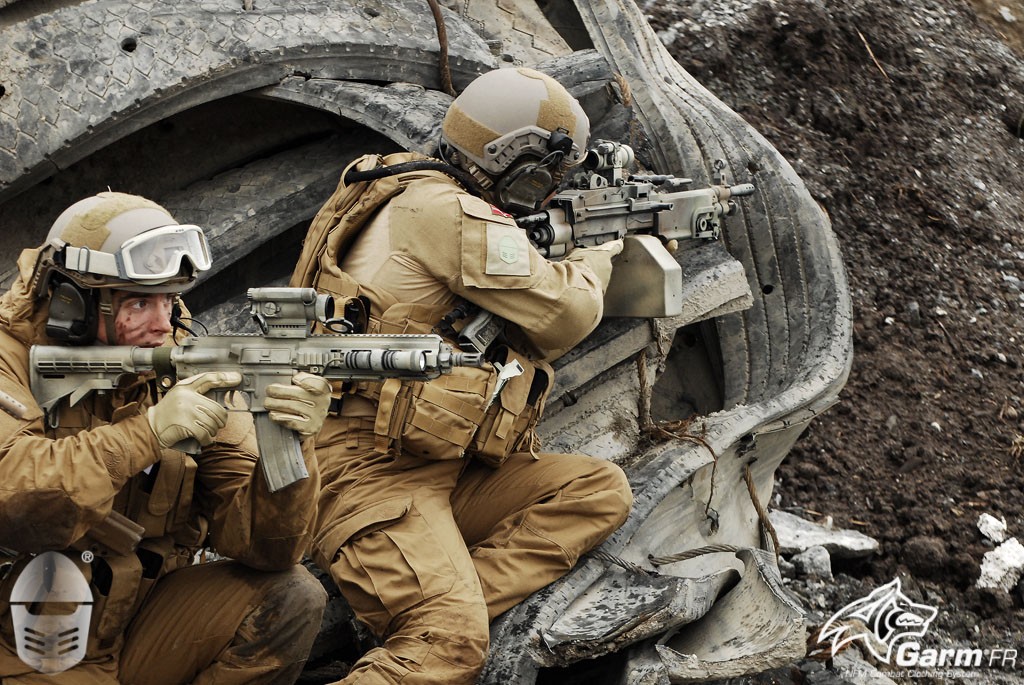
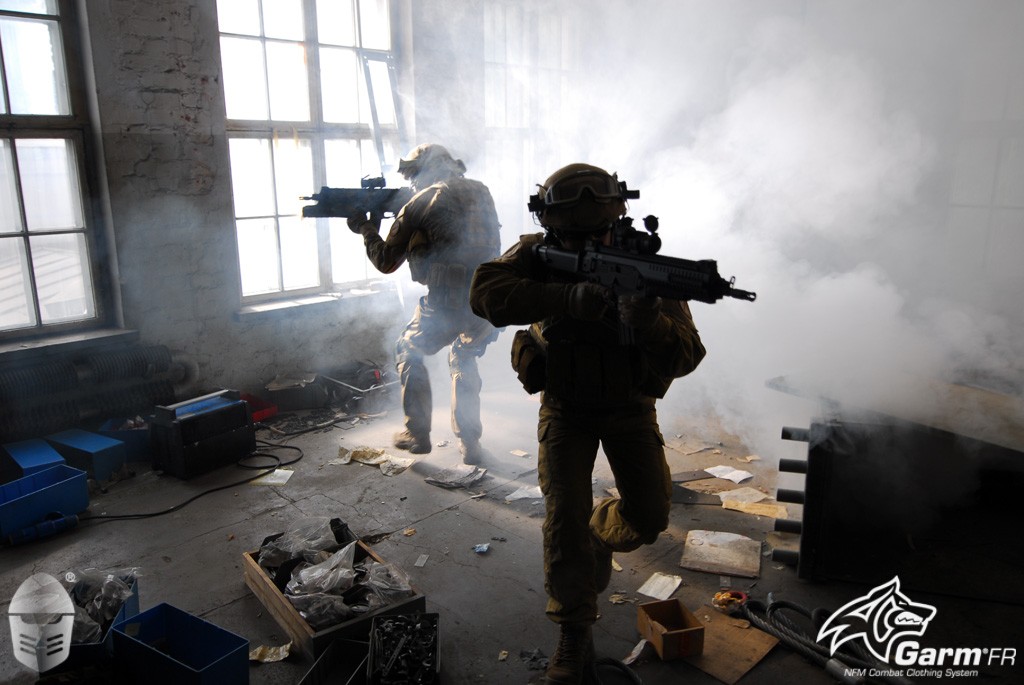
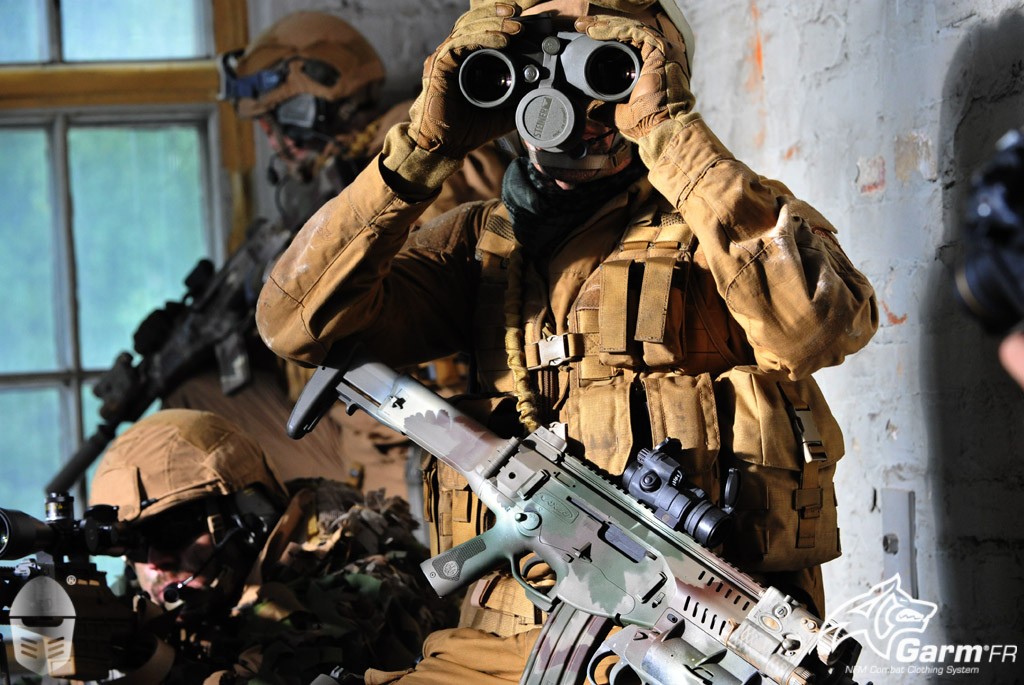
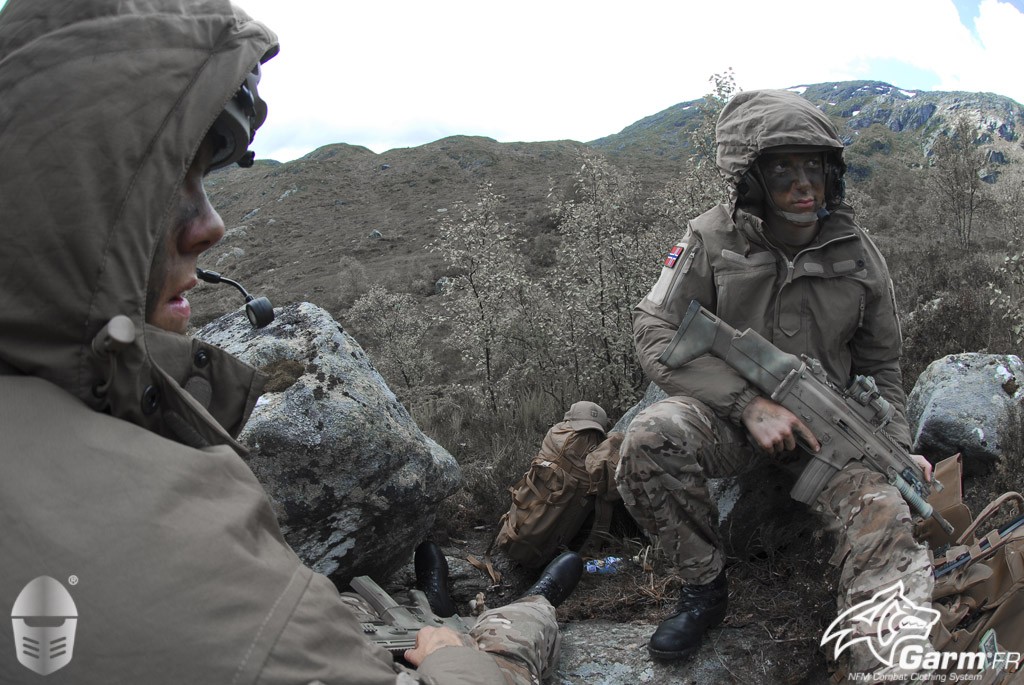
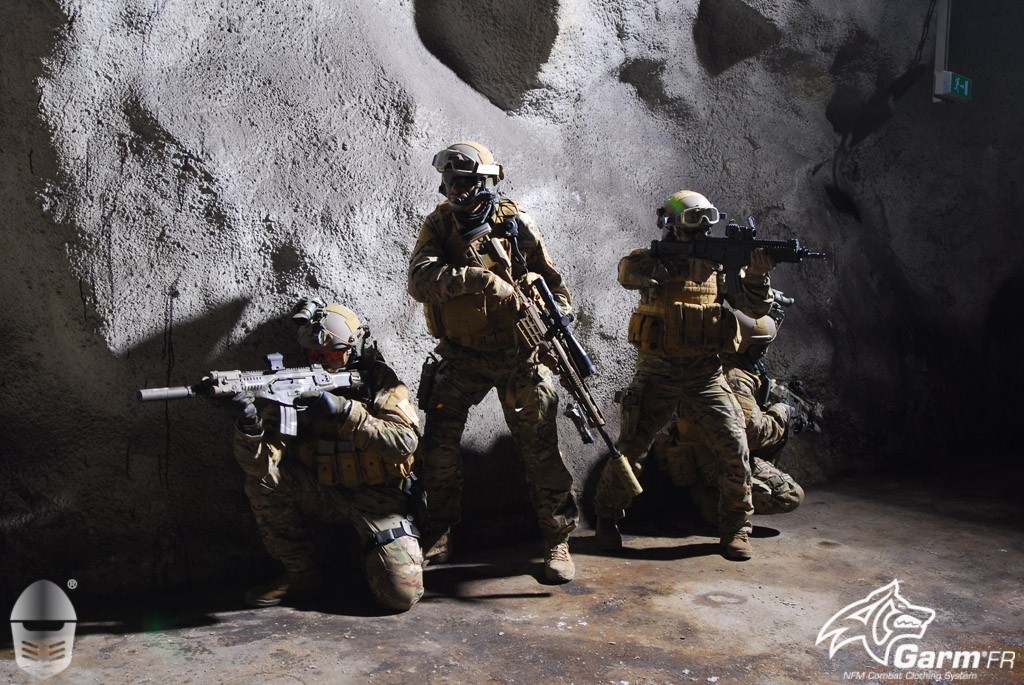
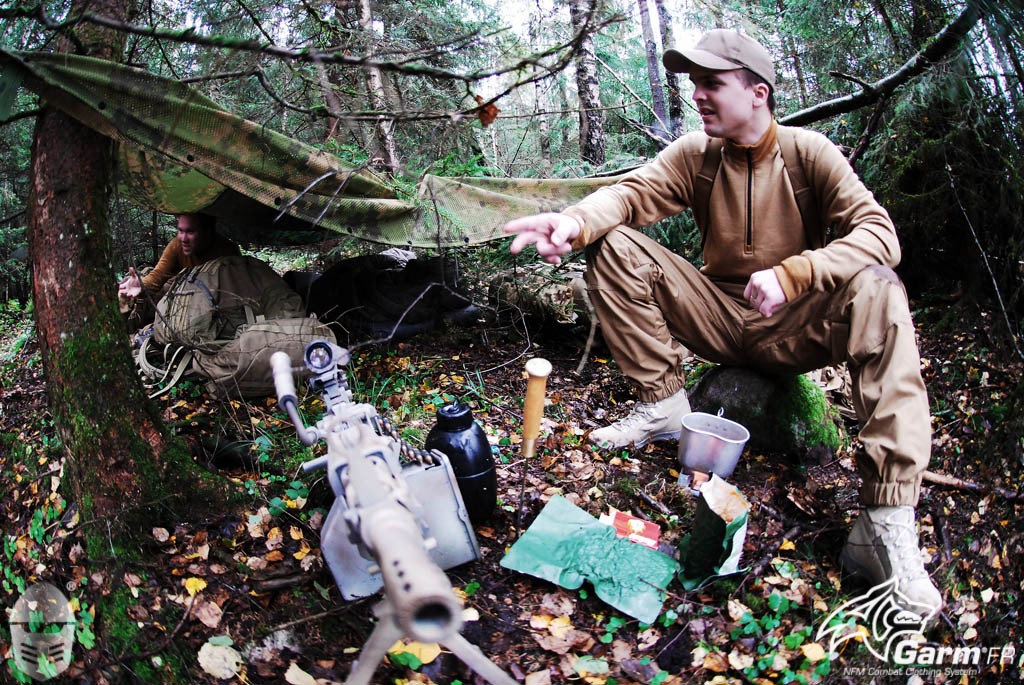
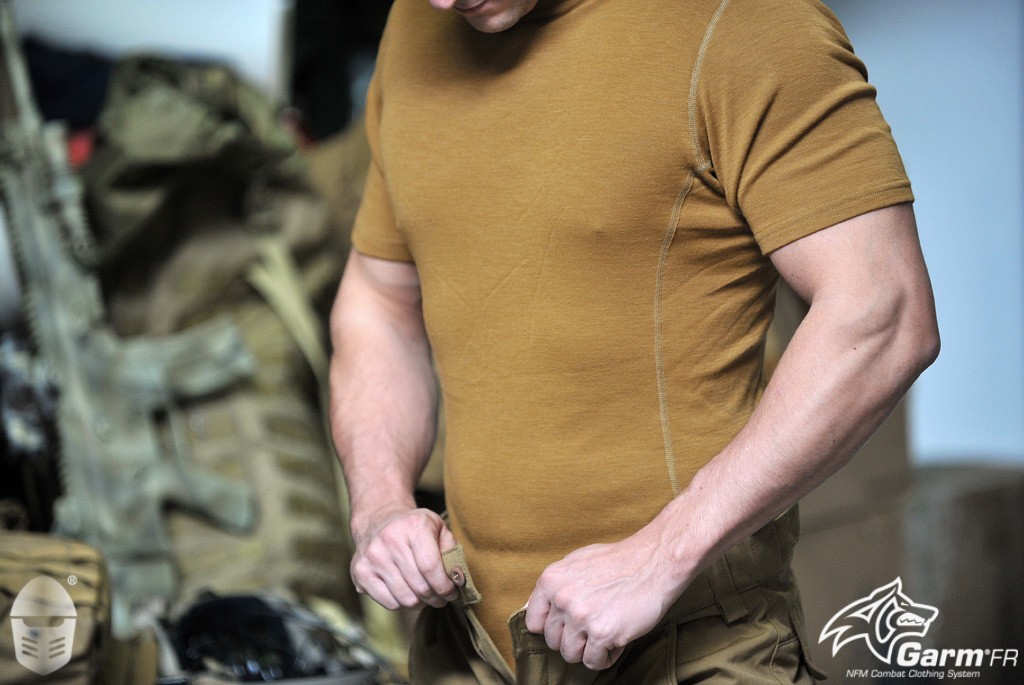
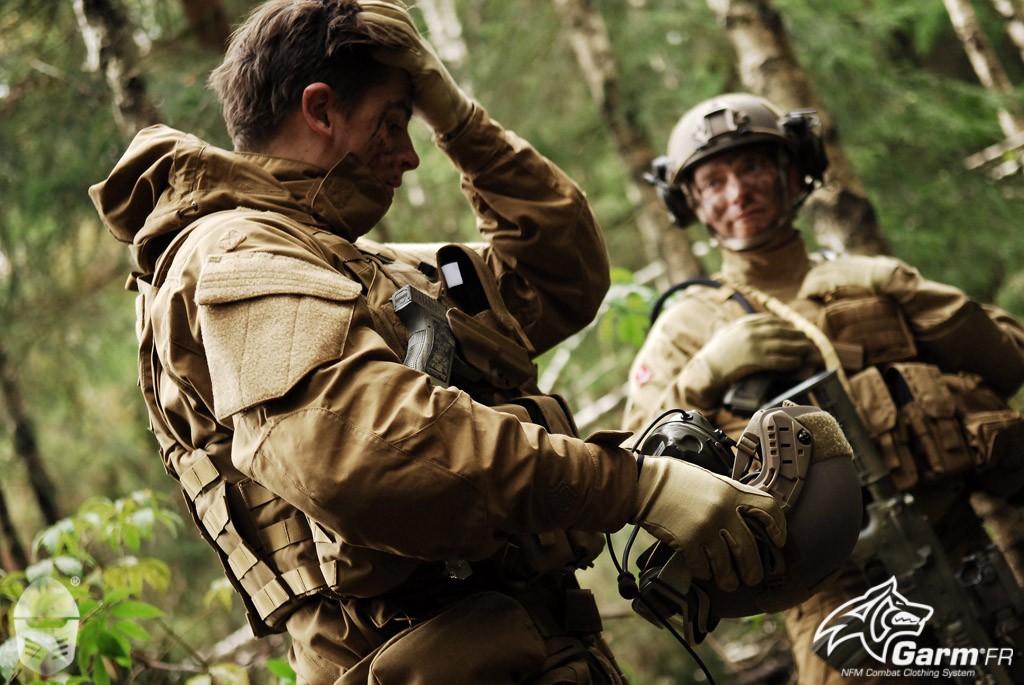
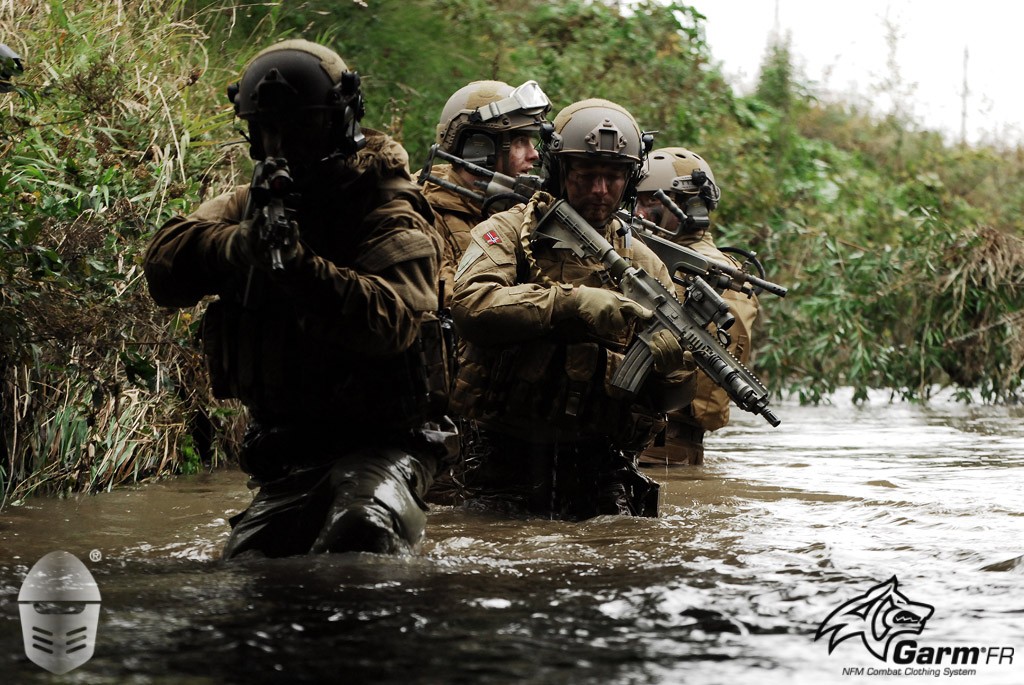
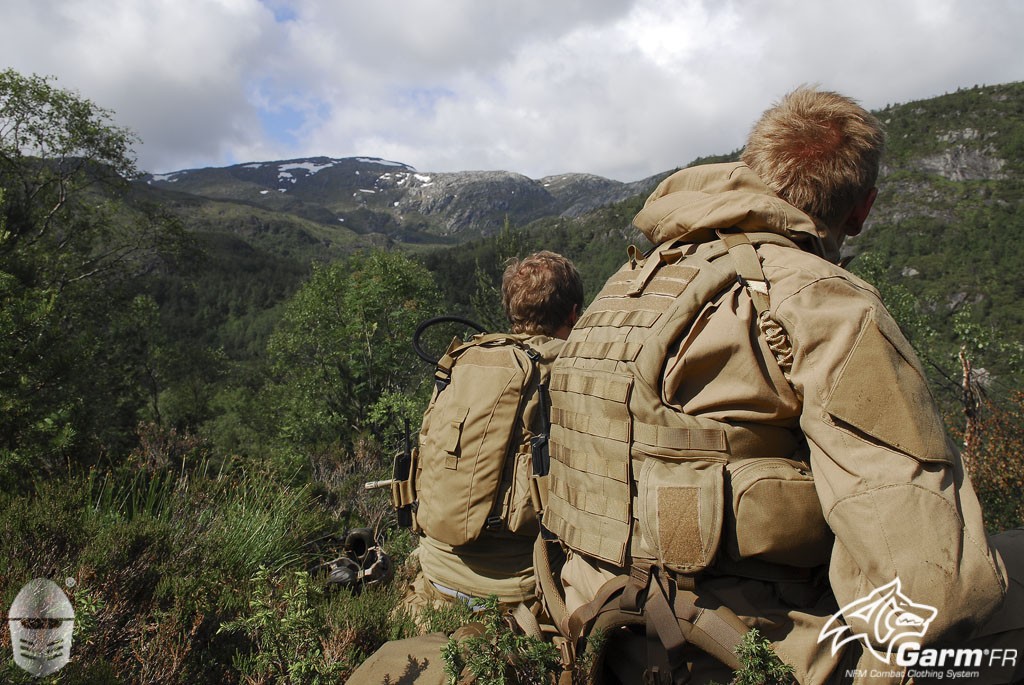
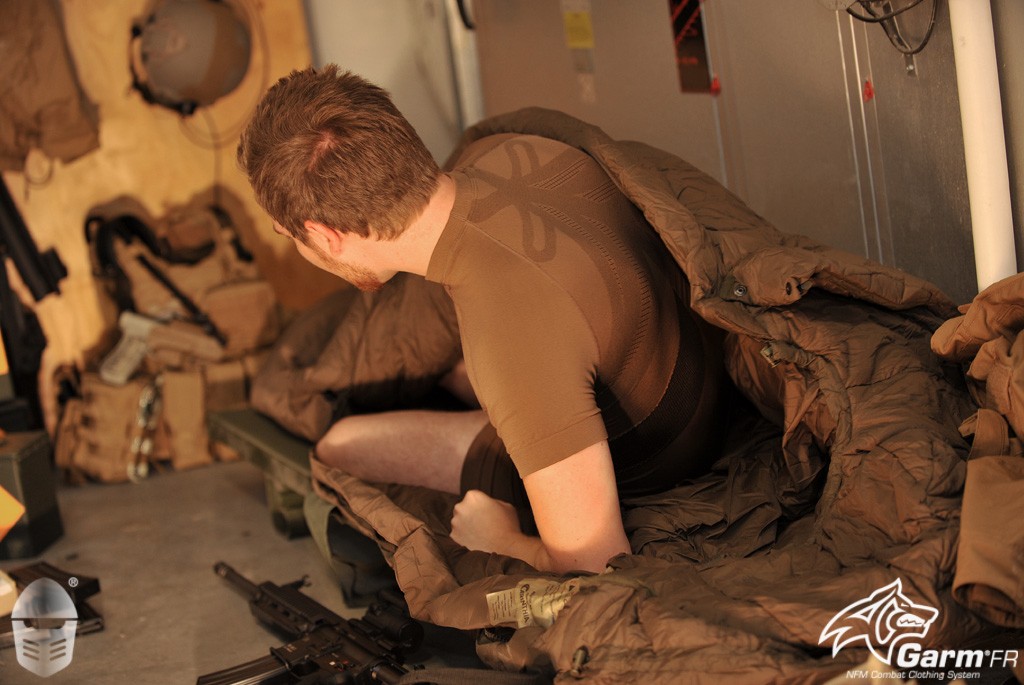
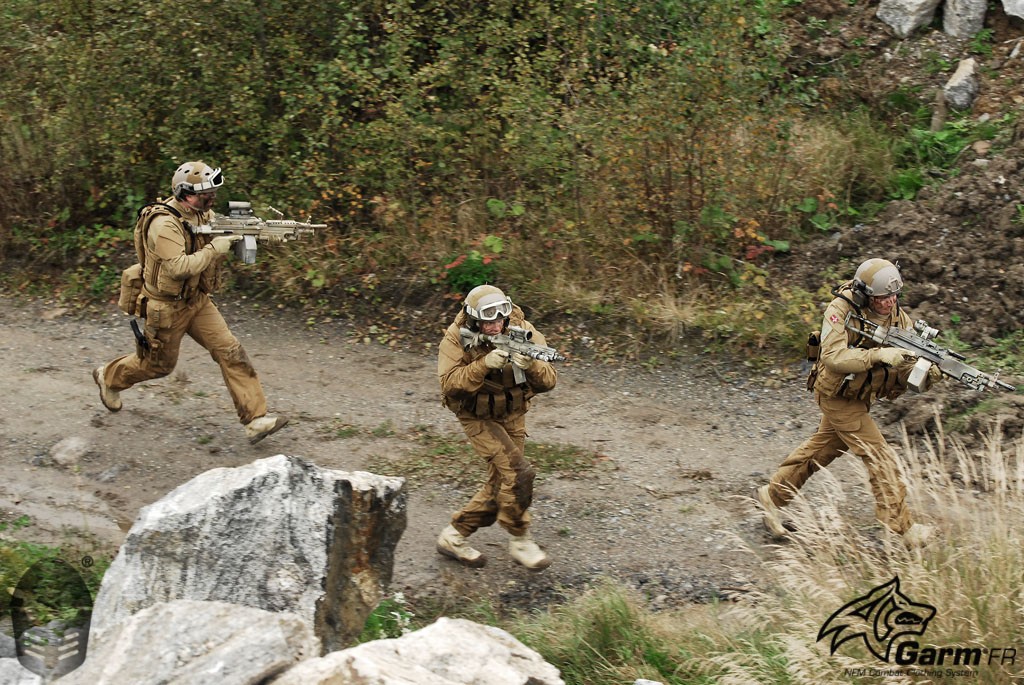
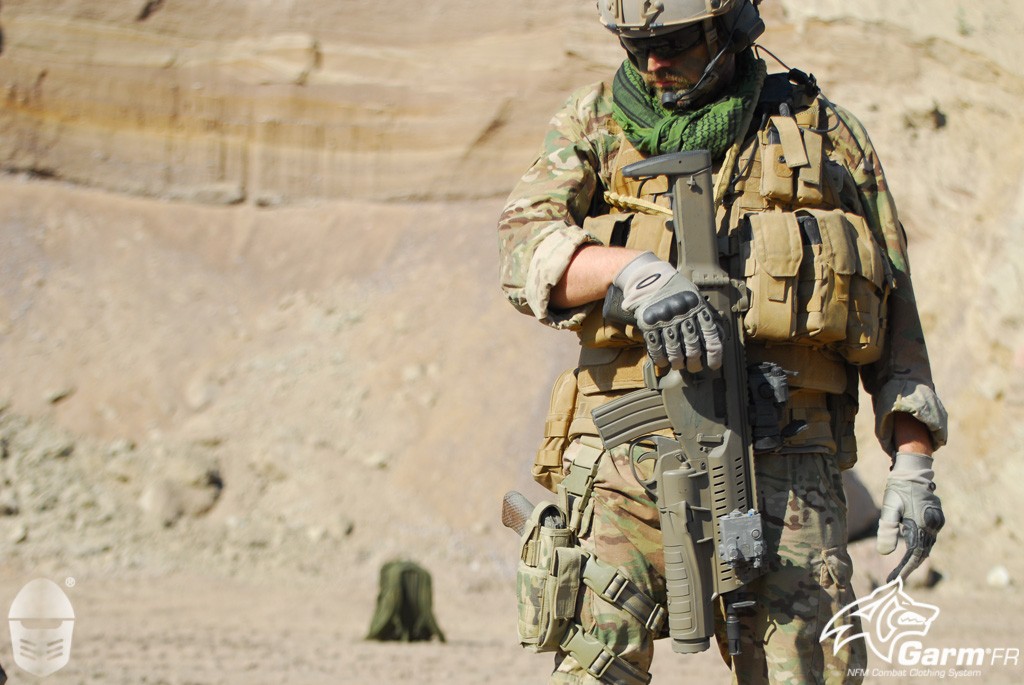

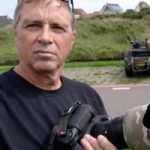
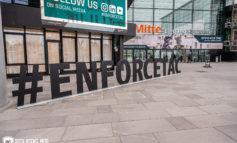
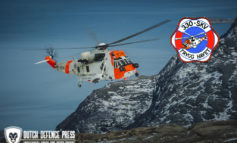
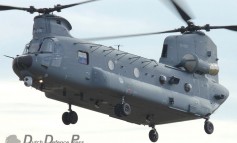
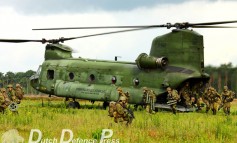
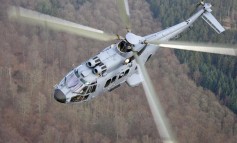
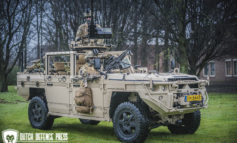



5 Comments
Ipkiss
21 juni 2012 at 19:54Very good read, thanks. I’m very curious if the new Dutch uniforms will be FR. Or maybe only for deployment. Initial tests with a possible new pattern developed by TNO were also carried out with clothing from NFM. I hope we get a decent new uniform.
Jonas
11 september 2016 at 17:40How come the whole system consists of only Coyote Brown uniforms? It is really that effective in the Norwegian enviroment?
Gerard van Oosbree
21 september 2016 at 20:27There is also a Multicam version available.
Husky
22 november 2016 at 14:11For your information. NFM also supplied to the Norwegian army in their N-Kamo, the forsvarets skogkamu, with its typical two tone green and brown colors and pattern. But Norwegian special forces (FSK spesialkommando) will also use MultiCam in operations.
Husky
22 november 2016 at 14:23For you information. NFM also deliveres to the Norwegian forces in N-Kamo, their forsvarets skogkamu, with the special two tones of green and brown color pattern. And the special forces (FSK spesialkommando) also uses MultiCam when at operations.